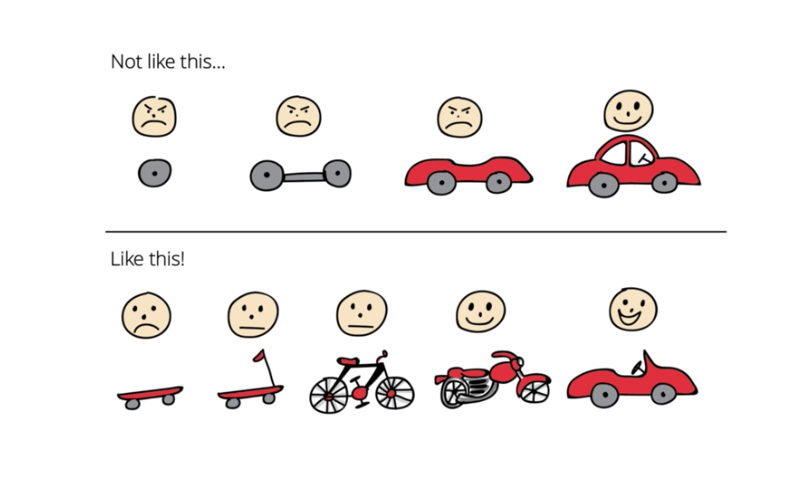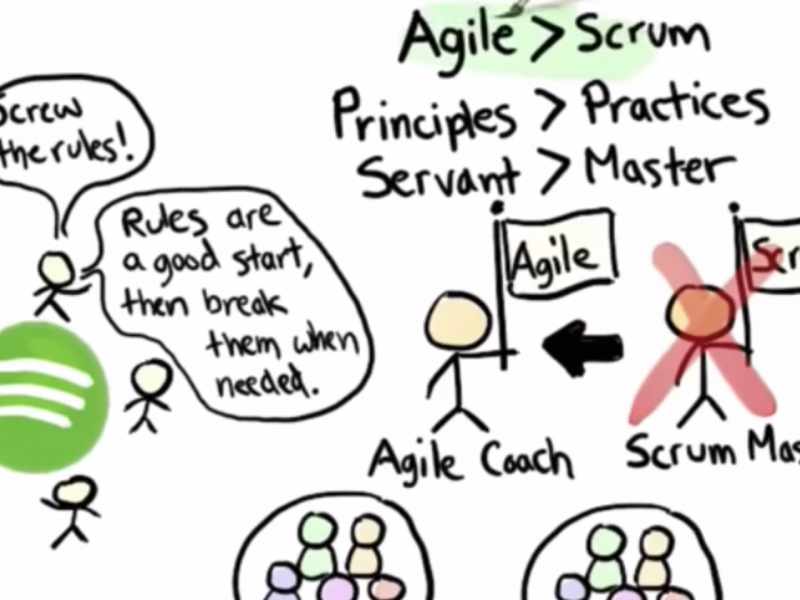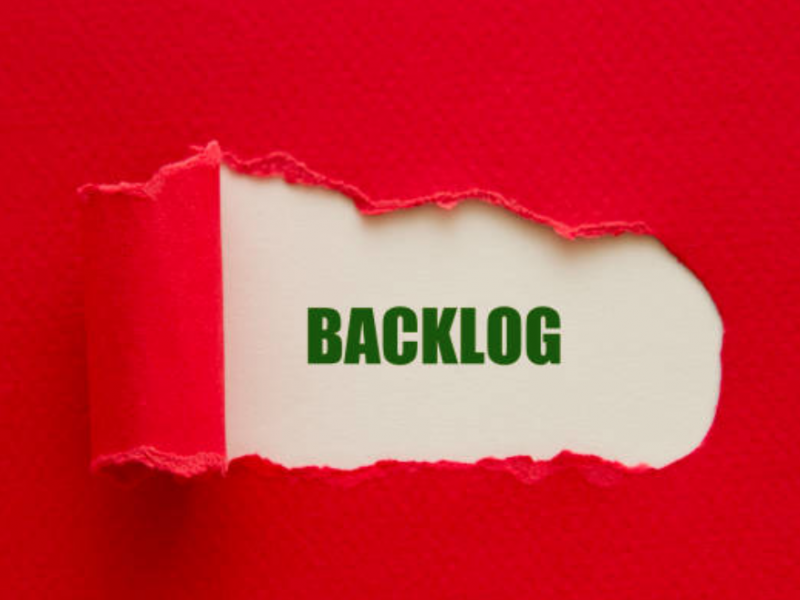
Agile Doesn’t Always Work
Agile Doesn’t Always Work The Agile methodology has become increasingly popular since the publication of the Agile Manifesto in the early 2000s. It offers arguably the most preferred approach for development work in many software
Read More ⟶
Skateboards vs. Cars – How to Get the Product Right
Skateboards vs. Cars – How to Get the Product Right Real cross-functional product teams are lacking in many organizations. All that exists are engineering teams to see to product development, with just about anyone playing
Read More ⟶
Agile Scrum Team
What is an Agile Scrum Team? Scrum is an agile framework where teams work collectively in order to achieve a specific goal and is majorly used by software development teams. Borrowing its name from a
Read More ⟶
Continuous Delivery
What Is Continuous Delivery? Continuous Development (CD) is an approach in software development that involves teams working in short cycles. It entails pushing out code to production as they become ready, rather than waiting until
Read More ⟶
Scrum Methodology
What is Scrum? Scrum is an Agile project management framework particularly suited for product development and has become the de facto framework agile companies today. Many people think of Scrum as the same thing as
Read More ⟶
Product Squads
The Benefits and Basics of Product Squads A product squad is a small, cross-functional team that is self-organized. Its members plan and work together for long-term goals and have end-to-end responsibilities. Product squads are a
Read More ⟶
Agile Roadmap
What is an Agile Roadmap? To many people, the idea of a roadmap in Agile is rather counterintuitive. Agile after all, is about keeping things flexible and that document seems to be a hindrance. This
Read More ⟶
Kanban Roadmap
What is a Kanban Roadmap? Kanban roadmaps, also known as Agile Roadmaps, involve organizing cards relating to tasks into columns across boards. It presents quick insights into items and the stage you are in development
Read More ⟶
Definition of Done
Definition of Done in Agile The Definition of Done (DoD) is a description of what must happen for a project or user story to be declared complete. What are those things that must be done
Read More ⟶
The Product Backlog
Understanding the Product Backlog A product backlog is a prioritized list of items that the team plans to work on to achieve a particular outcome. It is a list of everything that the development team
Read More ⟶
Technical Debt
What is Technical Debt? Technical debt has many definitions. One of the better definitions comes from the Information and Software Technology Journal where it is described as the “consequences of software development actions that intentionally
Read More ⟶
Fibonacci Estimation
What is Fibonacci Agile Estimation? Fibonacci agile estimation is a combination of two concepts: the Fibonacci sequence and Agile estimation. Let’s quickly define these two things before putting them back together: Agile estimation – is
Read More ⟶
Scrumban
What is Scrumban? Scrumban is a hybrid Agile project management framework that combines elements of two popular Agile methodologies – Scrum and Kanban. It has gained considerable popularity over the last decade as a result
Read More ⟶
Backlog Grooming
What is Backlog Grooming? Backlog Grooming, also known as backlog refinement, pre-planning, or story time – is a session in which items for the backlog are discussed, analyzed, and estimated. It is a recurring event
Read More ⟶
Agile Retrospective
What is a Retrospective? Retrospective, in a general sense, means looking back on or directed to the past or past events, according to Collins English Dictionary. But, when talking about product development, it refers to
Read More ⟶
Scrum vs. Kanban
What is the Difference Between Scrum and Kanban? The Agile methodology de facto now in software development. It offers an effective means of managing projects and products. It promotes continuous iteration and fast response to
Read More ⟶
Efficient Sprint Planning
Sprint planning offers a means of ensuring product development runs smoothly in many companies, especially those using the Scrum framework. It assists in making everyone be on the same page, thereby increasing the chances for
Read More ⟶
User Stories
What is a User Story? A User Story is a short description of a small piece of desired functionality within your product that is written from a user’s perspective. They are the modern form of
Read More ⟶
Agile Product Development
What is Agile Development? Agile development is an approach to Product development that encourages adaptive planning, evolutionary development, early delivery, and continual improvement. As it sounds, Agile Product Development requires that everyone on the team
Read More ⟶
Dual Track Agile
What is Dual-Track Agile? The Dual Track Agile Process (aka Dual-Track Agile) was popularized by Marty Cagan, founder of SVPG, who often gives credit to Jeff Patton for coining the term. Dual Track Scrum has
Read More ⟶
Product Owner
What is a Product Owner? The role of Product Owner comes from Scrum, a popular Agile planning methodology. It is a role that a Product Manager often plays while doing Product Development with a development
Read More ⟶
Agile Manifesto
What is the Agile Manifesto? The Agile Manifesto includes four values and twelve principles for software development. These are not a set of hard rules for how to use Agile, rather they are outline a
Read More ⟶
Scaled Agile Framework
What is the Scaled Agile Framework (SAFe)? The Scaled Agile Framework, referred to as SAFe, is intended to be a version of Agile that works for large, enterprise organizations, that have multiple teams, dependencies, and
Read More ⟶